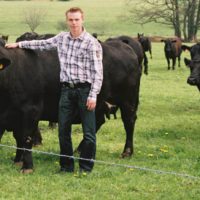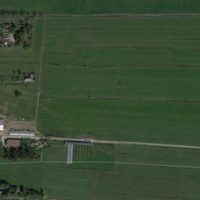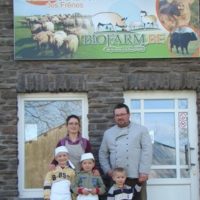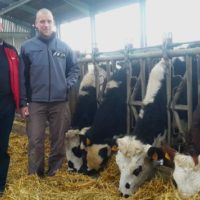Description
The grazing system of herb-rich grasslands determines the (re)growth, the intake and the grass residuals. Optimisation of grass intake and therefore of milk production depends on the amount of dry matter (quantity), but also on the forage quality. Herbs and leguminous plants can ensure a better protein content. Plant diversity provides a diverse and deep root system and leads to more soil life. Since the rooting depth of herb-rich grassland is greater, the establishment and release of nutrients from deeper layers is often better in a herb-rich grassland than in a monoculture of perennial ryegrass. Herbs that do well in grassland are mainly chicory and narrow plantain. Furthermore, the leguminous plants such as white and red clovers are particularly effective when mineral fertiliser input is reduced.
Estimating the grass intake of the herd, or of the individual cow, is often difficult. The occurrence of herbs, like chicory and plantain, in grasslands makes it even more difficult to estimate the intake. Rising plate meters are often unsuitable for measuring these herb-rich grasslands due to more stem-rich material. In practice, the intake of herb-rich grassland is therefore often underestimated.





